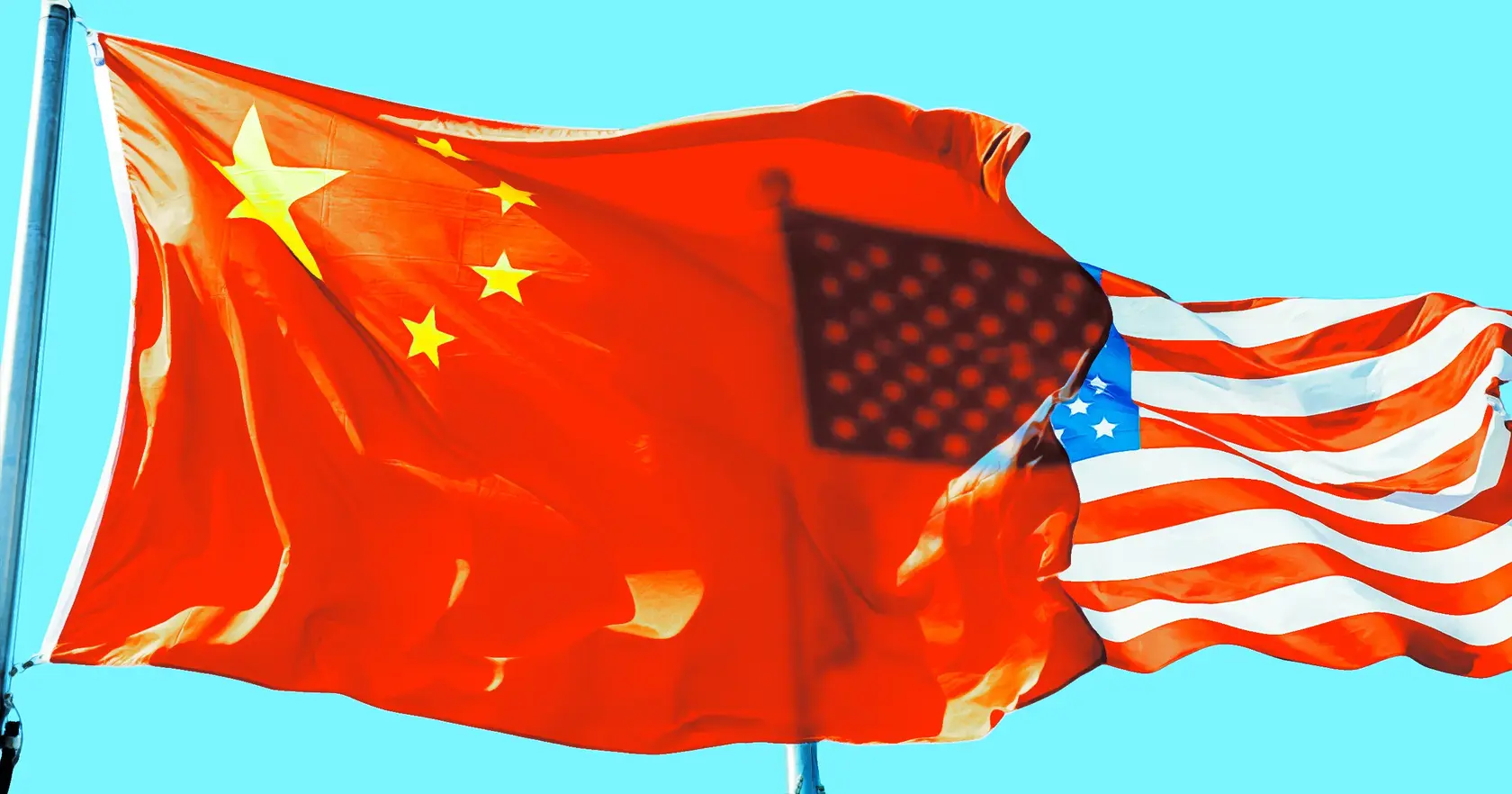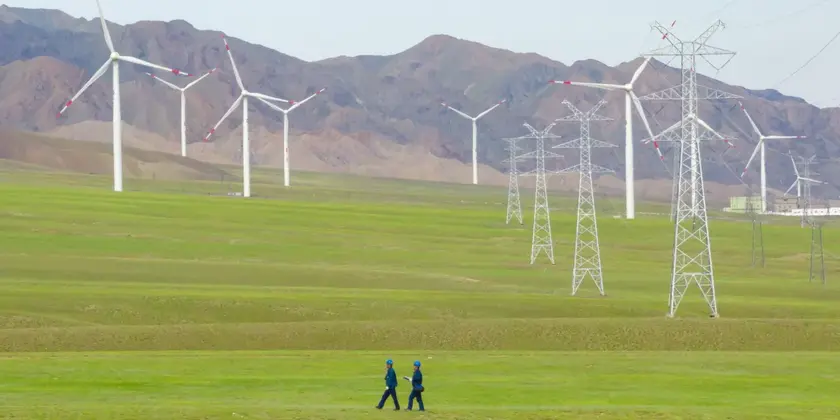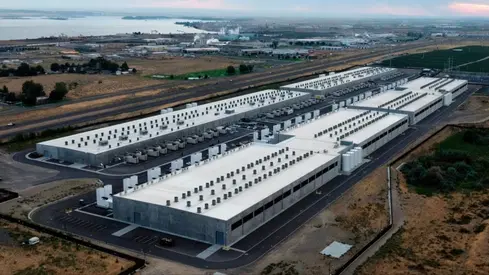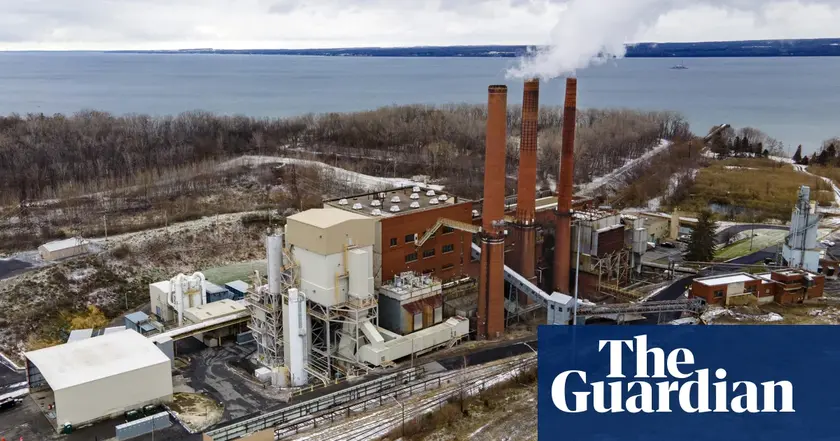T4K3.news
AI race energy gap grows between US and China
A new analysis argues power grids and policy shape who leads in AI more than processors or investors.

A look at energy and policy differences between the US and China suggests the energy grid may determine AI leadership more than chips.
The US May Have Already Lost the AI Race to China Due to a Key Weakness
The AI race is often talked about in terms of speed and funding. A Fortune report points to a real bottleneck: electricity. It describes China as building a grid capable of powering large AI deployments, while the United States faces aging power systems and rising data center energy needs. The result is a perceived edge for China in scaling up models and online services.
The article also notes China’s bold energy strategy. In 2024 China led renewable energy construction, helping lower CO2 emissions even as demand stayed high. In the United States, the debate over data center power, grid reliability, and occasional political remarks about coal illustrate how energy policy can shape AI competitiveness. The piece also mentions public posture from political leaders, underscoring how policy choices may affect long‑term tech leadership.
Key Takeaways
"Energy is considered a solved problem"
Rui Ma on energy availability in China vs US
"Electricity is the key bottleneck for expanding AI infrastructure"
Fortune notes on energy as a bottleneck for AI
"China was responsible for nearly 65 percent of the world's renewable energy construction in 2024"
Data point from the Fortune report
"The AI race is as much about power policy as it is about chips"
Editorial takeaway about policy impact
Framing the race as a grid battle risks oversimplifying a complex moment. AI leadership depends not just on electricity, but on chip supply chains, talent, and open access to models. Still, energy resilience matters: without steady power, even the best models stall. This lens pushes policymakers to align energy, climate, and tech strategy rather than pursue headlines.
The piece suggests a wider shift in policy focus. If the US wants to stay in the AI game, it will need clear energy planning, investments in grid modernization, and predictable regulation. Those moves would not just power servers; they would power national competitiveness and public trust in technology.
Highlights
- Energy is the real bottleneck in AI growth.
- China treats energy availability as a given.
- The race for AI hinges on power policy as much as chips.
- Renewables are remaking the battlefield for tech power.
Energy and political risk in AI race debate
The piece leans on political framing and public reaction to draw conclusions about national AI leadership. Readers should watch policy and budget implications rather than rely on sweeping claims.
Power and policy will decide who leads in AI, not headlines.
Enjoyed this? Let your friends know!
Related News

US grid risk to AI growth

Tariff era reshapes chip deals and AI plans

Trump announces $90 billion investment in Pennsylvania AI hub

AGI race deepens

Technology firms focus on data centre efficiency

Trump announces $90 billion AI investment in Pittsburgh

Humanoid robots highlight China tech push

Space collaboration defines the next decade
